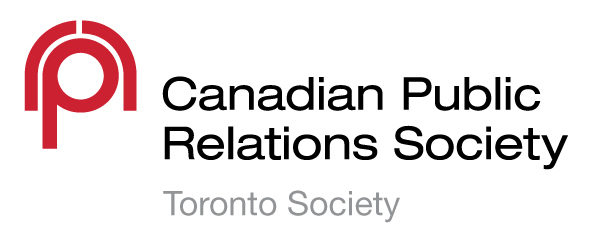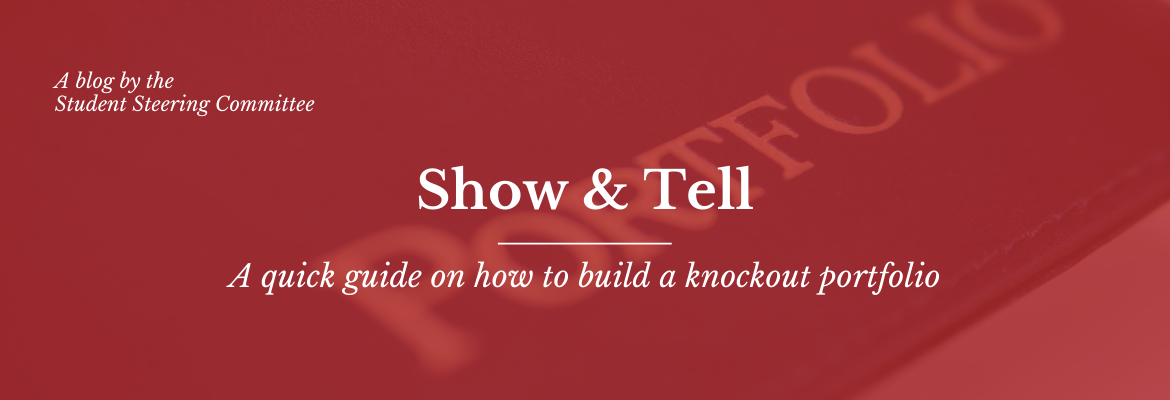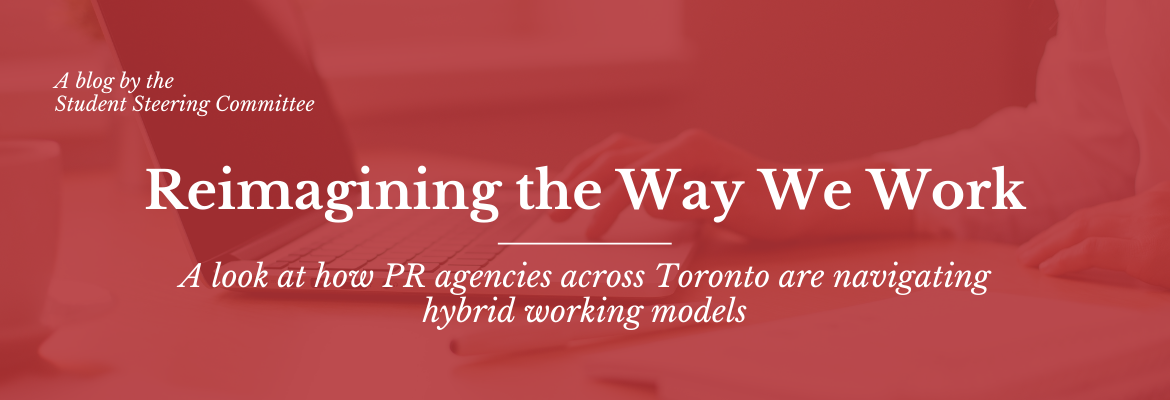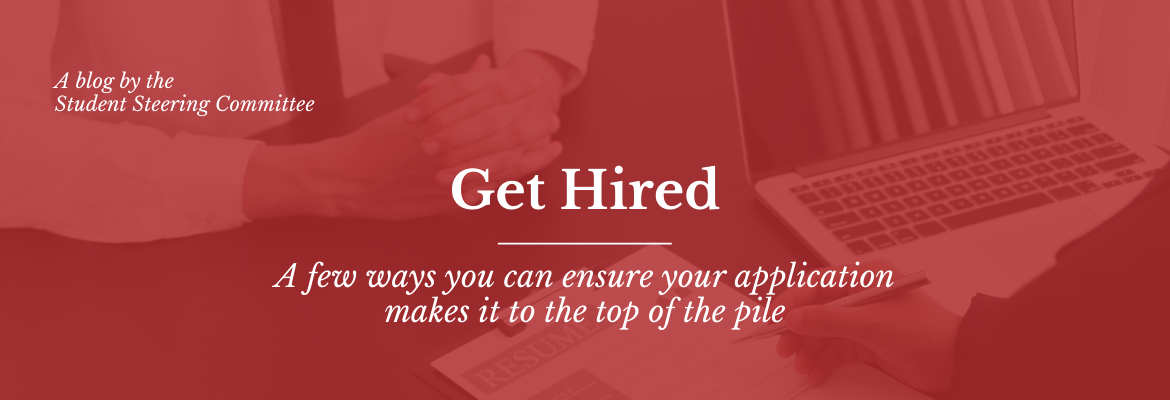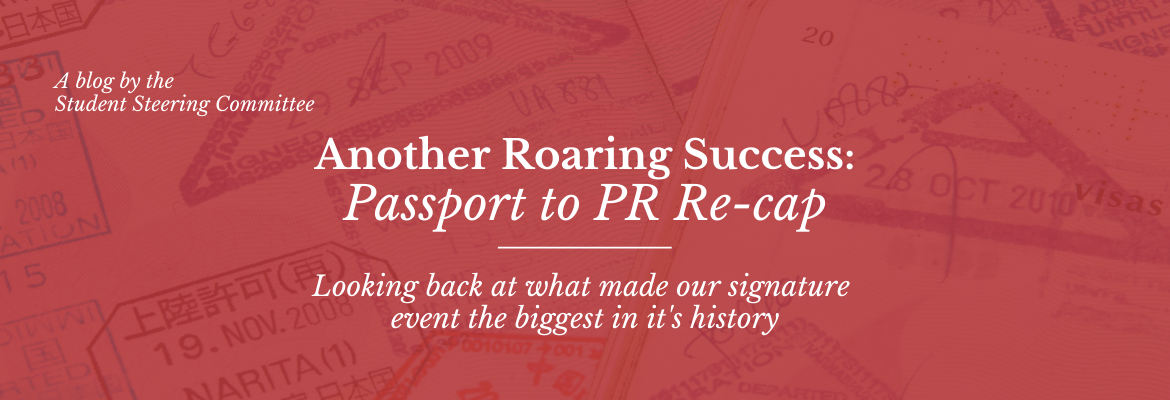Life of a PR student: A quick guide to organizing your busy schedule
Written by: Juby George, Secretary, CPRS Toronto Student Steering Committee, Centennial College.
Oh! How will I complete all these assignments, quizzes and presentations? Do you ever find yourself asking this question? Do you ever feel like too much is going on in your life? If you answered yes, then this is the article for you! You might be overwhelmed or stressed out by the amount on your plate, but all that can be amended by creating a schedule and learning to manage your time.
- Understand your time
No two humans are alike, and as a result, no two people require the same amount of time to complete an activity. So, before preparing lists and plans, it is helpful to understand how long it takes to finish a task. The question then becomes: how would I know that? Well, it’s pretty easy. Set a timer when doing an assignment and make a note of the time. This understanding will assist you in the next step.
- Plan ahead and make lists
Now that you know how long your tasks take you to complete, you are ready to start organizing your planners and to-do lists. Having a dedicated organizer is the most effective way to manage your time and increase productivity. Would you believe me if I told you that planners and to-do lists can improve your mental health? Well, you should because they do! Tracking your schedule, crossing off completed tasks, and accomplishing short term goals all release dopamine which is known to improve your mood and help you focus. As an added bonus, they also help you get stuff done! Prioritization is key, and when preparing your weekly planner or to-do list for the day, it is best to complete the most crucial tasks first. Now the question is: What are some effective ways to prepare planners and to-do lists?
- Sticky notes. Don’t underestimate the effectiveness of a classic; these have survived the test of time for a reason. You can write each of your tasks on a different note and order them from most to least important. Their versatility allows you to rearrange the order as new tasks are added to your list.
- Digital tools. Mobile applications like Google calendar, Evernote, and Todoist allow users to stay organized on the go. You may not always have a pen and paper on you, but chances are your phone always is.
- Custom planners. Having a planner organized in a way that works for your needs can be a huge asset. There are templates available on Canva and other graphic design platforms.
- Bonus tip: separate work from daily life. Having dedicated planners for school, work, housework, and passion projects allows you to stay focused and reduces stress.
- Breakdown tasks
When you are given larger tasks, it is always good to break the tasks down into smaller, manageable pieces or chunks. After breaking down large tasks into smaller ones, you can work for 30-40 minutes each day on them. You need to look at the big picture and have a plan to stay on track. By doing this, you can complete your large tasks easily without stressing yourself out. You can also make use of the Pomodoro technique for effective time management. The Pomodoro technique involves dividing tasks into 25-minute chunks, followed by a 5-minute break. If that doesn’t work for you, there are other similar techniques you can make use of instead. You can refer to the Instagram post by CPRS students here to learn more about it.
Bonus tip: Complete your tasks early to allow time for a final review. This final review can reduce the number of errors and typos in your work.
To keep up with all things SSC, follow @CPRSstudents on Twitter, Instagram, Tik Tok.!
